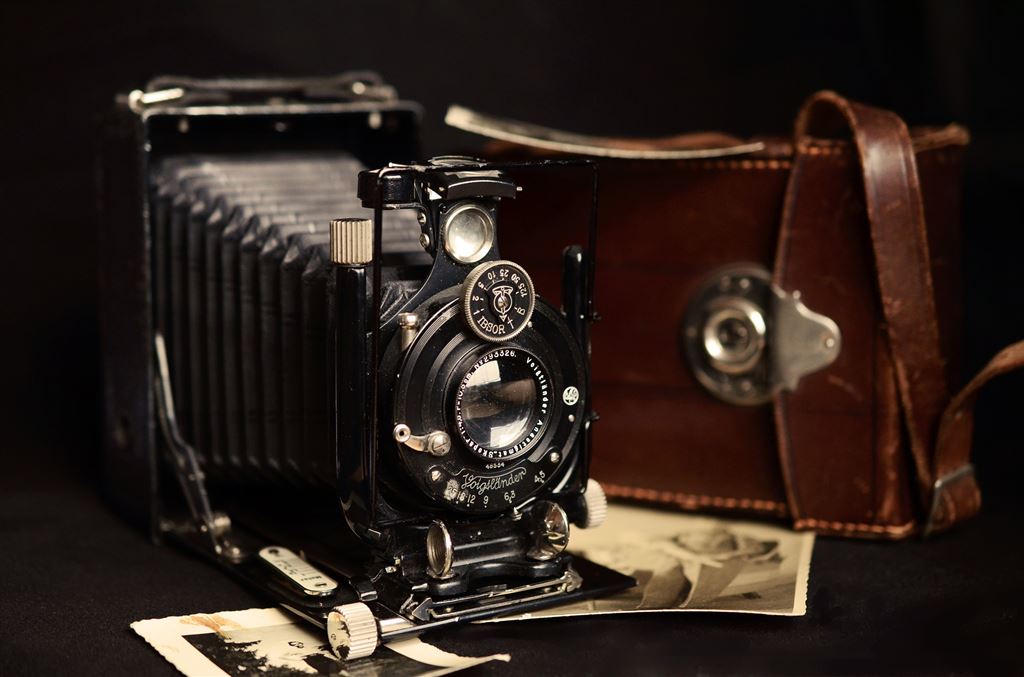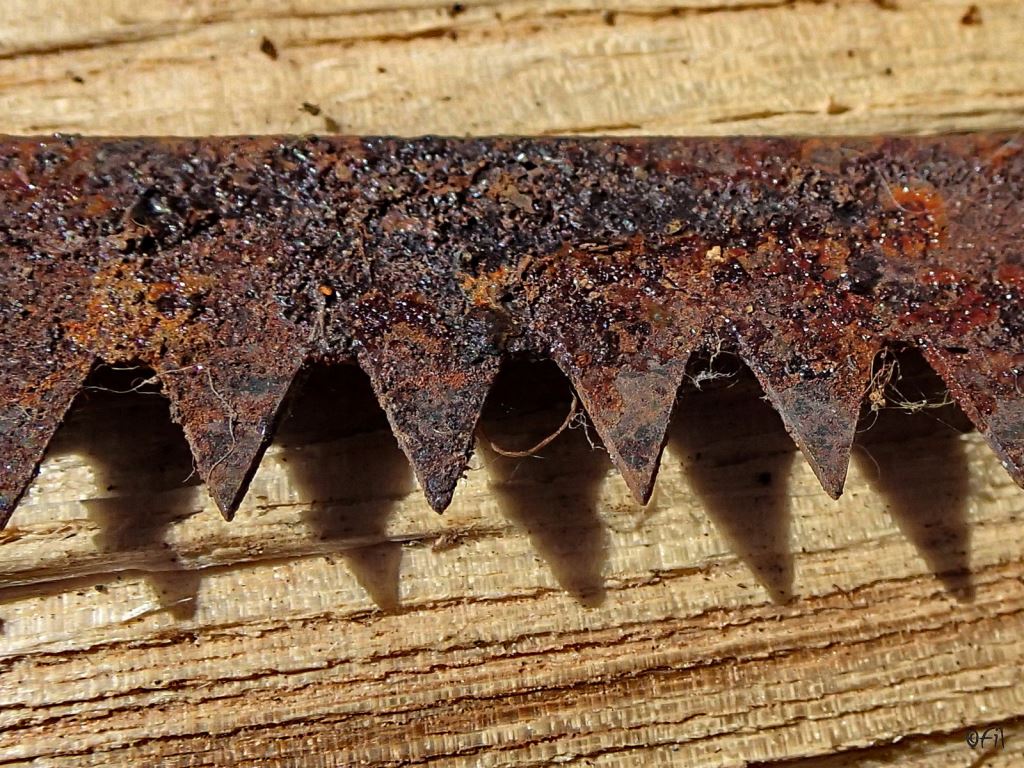Once upon a time (is it already so far?), there were mechanical light-gathering boxes we called cameras because these were small obscure rooms where photo-sensitive materials waited in total darkness for short rays of light which changed their life!
Over the decades these cameras changed shape, dimensions and functions until users and manufacturers decided upon their contemporary forms. The most popular cameras ended up looking alike, with their characteristic flat box body with lens tube in front, and telltale prism roof on top. A single lens reflex camera, the SLR was and is instantly recognizable by the presence of a prism.
 Antique Voigtländer Camera
Antique Voigtländer Camera
This piece of polished glass directed the light coming through the lens by the mirror and prism reflections to the ocular. So the photographers were able to see what their lenses were seeing! A press on the shutter release removed the mirror from the field of vision and let light reach the film frame in the camera back.
Click-zweep! The mirror went up, the shutter moved its curtains, the mirror fell back, and a small motor moved the cogs and levers in the camera bottom to pull the film forward to the next frame. Precision-made mechanical parts were cycling the camera functions to the beginning of the photo-taking process.
Weirdly, the sound of the process outlived the process itself, since digital cameras rarely produce any characteristic noise. Well, there are some slight ticks and zips of sensor stabilizers, there may be a whisper of ultrasound motors auto-focussing the lens, but that's all, folks! There are no more t'claps and zweeps out of camera's base because there are no more film ribbons to draw, nor are there shutter springs to wind up.
The light sensors, even in the modern digital single-lens reflex cameras, rarely need the complex mechanical drives of yore, and much less so the smaller, compact cameras preferred by traveling photographers! And soon, only lenses may retain movement required to set the groups to proper positions so as to sharpen the image – and lenses are nigh soundless, for decades already.
Generally, even the DSLR mirror systems are slowly losing ground to the mirrorless concept cameras, since our advanced trends prefer solid-state technology. Electronics into everything, moving parts out of everything – wherever possible!
 Sony Mirrorless Camera
Sony Mirrorless Camera
So what's with the click-clap-zweep sound? What does that mean today? And why would manufacturers still fake it, emitting that meaningless old noise through the digital camera loudspeakers?
OK, we can change the sound... or switch it off altogether in any camera Menu... but why is it there at all?
Enter the Power of Tradition! There is plastic wood, and wood-like paint. There is faux leather, fur, glass, even false metal! Tradition demands that we remain in touch with old, natural things. The way tradition preys upon our sentiments, it will probably require wroom-wroom loudspeakers on our entirely electric cars. It's not hard to imagine a menu where you can pick the engine growl, pitch, and volume for your Tesla! Fun? Hmm...
Back to the theme at hand...
Folks... Never mind whether press conferences, landscapes, portraits, or fashion show shoots... just switch the boring click-clap-zweeps right off, and once for all!
It makes no sense. Everyone knows you're shooting digital. But it makes a lot of sense to reduce the fake noise that all beings around must hear and tolerate. For no reason at all.
Don't worry about lack of signals from the camera. You'll still feel its operations in your hand, and see all it does by its monitor or EVF. Soundless does not mean a loss of feedback.
However, your surroundings will be thankful for your understanding. There is already enough senseless noise around us.
In a small way, you as a photographer will gain some more distance from those which remove mufflers from their mopeds as to make them sound like „something powerful“. Or those that think music should be so loud as to move beer cans off the table. The click-clap-zweep belongs to that part of photo history where the sounds came from camera gearbox, rather than the speaker.
Even a thing so small will honor that history.
